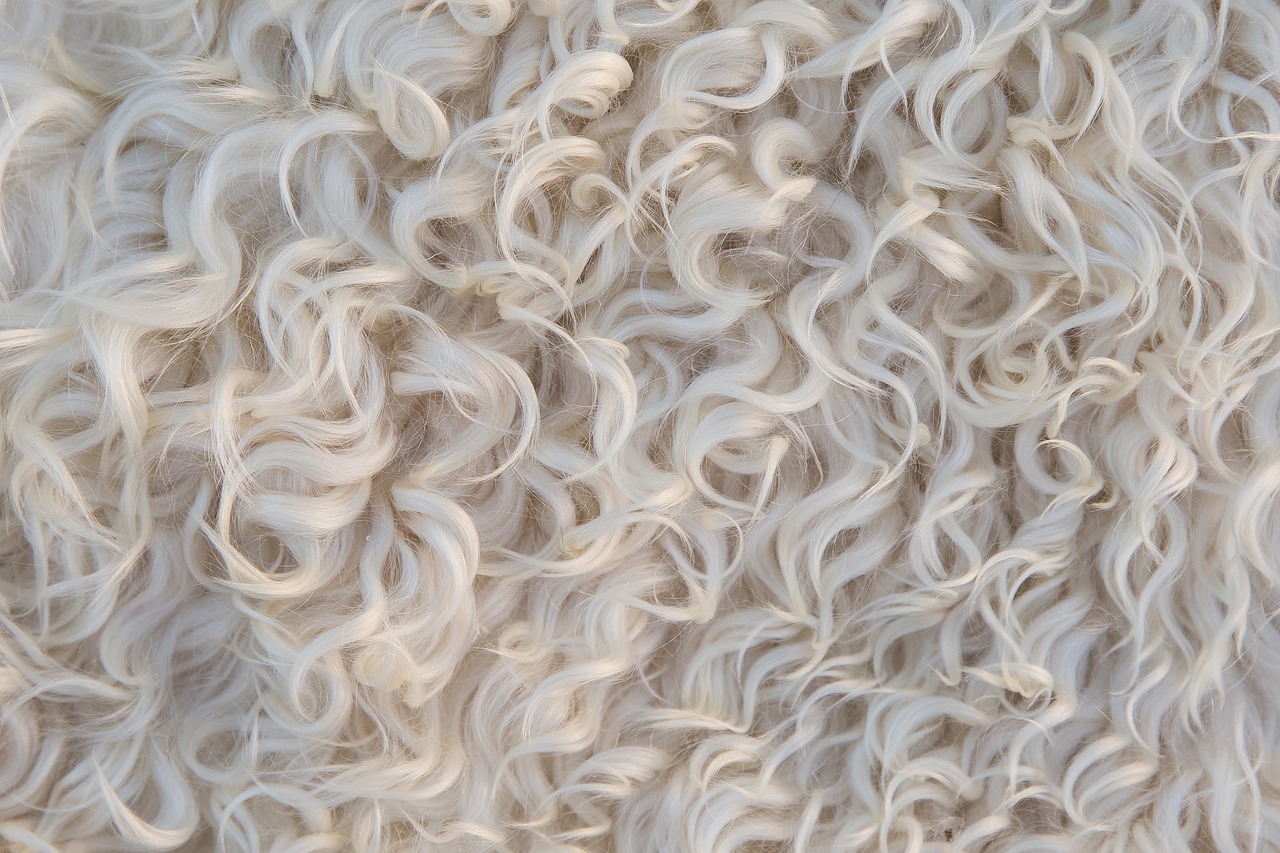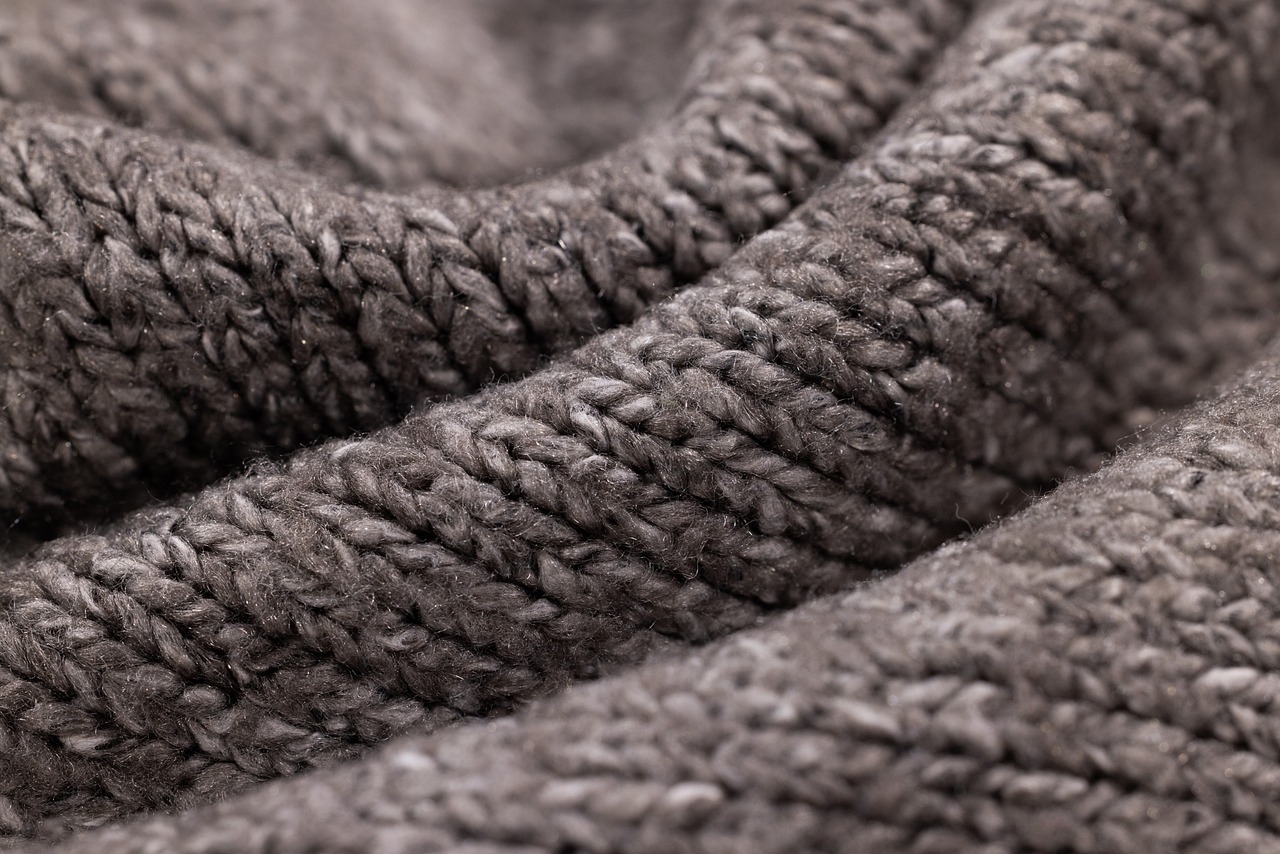Fleece Fabric 100% Polyester is a popular choice known for its softness and insulating properties. Understanding its environmental impact is crucial in today’s eco-conscious world. This section will delve into the repercussions of this fabric, shedding light on key aspects such as microplastic pollution, carbon footprint, and waste management.
Environmental Impact of Fleece Fabric 100% Polyester

Polyester Sheds Microplastics
When considering the environmental repercussions of Fleece Fabric 100% Polyester, one cannot overlook the significant issue of microplastic pollution. Research has shown that polyester fibers pose a considerable challenge in terms of releasing tiny plastic particles into the environment. The production process of polyester, derived from petrochemicals and non-renewable resources, sets the stage for potential microfiber contamination. As polyester garments decompose over time, they shed microfibers, contributing to the already alarming levels of microplastics in our ecosystems.
In a single wash cycle, a synthetic garment can release up to 1.7 grams of microfibers into water systems. This shedding isn’t limited to washing alone; simply wearing these garments causes friction that leads to the breakage of fibers, further exacerbating the issue. These minuscule plastic particles find their way into rivers and oceans, posing a severe threat to marine life. The shedding of microplastics from polyester is an ongoing process that continues even after the garment’s purchase.
Moreover, recycled polyester, often hailed as a sustainable alternative, also plays a role in microplastic pollution. Despite its eco-friendly reputation, recycled polyester still releases microscopic plastic fibers during washing cycles. Studies have indicated that each laundry session with recycled polyester items can introduce over 700,000 plastic microfibers into aquatic environments. This continuous cycle perpetuates the presence of harmful microplastics in our ecosystems.
Impact on Marine Life
The consequences of polyester shedding microplastics extend beyond environmental contamination; they directly impact marine life. As these tiny plastic particles infiltrate aquatic habitats, they pose serious threats to various organisms within these ecosystems. Marine creatures often mistake microplastics for food, leading to ingestion and subsequent health issues.
Recent studies have highlighted how synthetic textiles like polyester significantly contribute to primary microplastic pollution in oceans through washing processes. The release of microfibers during laundering ranges from 124 to 308 milligrams per kilogram of washed fabric, emphasizing the scale at which these pollutants enter water systems. The dimensions and quantities of these released fibers underscore the urgent need for effective mitigation strategies.
In light of these findings, it becomes evident that addressing the issue of Polyester Sheds Microplastics is crucial not only for environmental preservation but also for safeguarding marine biodiversity against harmful pollutants.
Production and Lifecycle
Raw Material Extraction
Petroleum-Based Production
The production of Fleece Fabric 100% Polyester begins with the extraction of raw materials, primarily involving petroleum-based production processes. This method utilizes non-renewable resources, contributing to environmental degradation from the outset. The reliance on petrochemicals for polyester creation underscores the fabric’s significant carbon footprint and detrimental impact on ecosystems.
Environmental Costs
The environmental costs associated with polyester production are substantial, encompassing a range of negative consequences. From greenhouse gas emissions to water pollution, the manufacturing of polyester textiles poses a threat to environmental sustainability. Recent studies have highlighted the detrimental effects of polyester on ecosystems, emphasizing the urgent need for more sustainable textile alternatives.
Manufacturing Process
Energy Consumption
The manufacturing process of Polyester Fleece Fabric is characterized by high energy consumption levels, further exacerbating its environmental impact. The energy-intensive nature of polyester production contributes to increased carbon emissions and resource depletion. Addressing these energy demands is crucial in transitioning towards more eco-friendly practices within the textile industry.
Toxic Emissions
Toxic emissions are a concerning byproduct of the manufacturing process associated with fleece fabric made from 100% polyester. The release of harmful chemicals during production poses risks to both environmental and human health. Mitigating these toxic emissions requires stringent regulations and sustainable practices to minimize adverse effects on ecosystems and communities.
Usage and Disposal
Durability and Care
One notable aspect of Fleece Fabric 100% Polyester is its durability and ease of care, making it a popular choice for various applications. However, while its longevity may seem advantageous from a consumer standpoint, it also contributes to long-term environmental challenges. Balancing durability with sustainable disposal methods is essential in mitigating the fabric’s overall impact on ecosystems.
End-of-Life Scenarios
Considering end-of-life scenarios for Cotton Fleece Fabric made from 100% polyester is crucial in understanding its complete lifecycle implications. As a non-biodegradable material, polyester presents challenges in disposal management, often leading to accumulation in landfills or incineration processes that release harmful pollutants into the atmosphere. Exploring innovative recycling solutions can help minimize waste generation and promote circular economy principles within the textile industry.
Alternatives and Future Directions

Recycled Polyester
Recycled polyester emerges as a sustainable alternative to virgin polyester, offering significant environmental benefits. When comparing the two materials, Recycled Polyester stands out for its reduced climate impacts. It diminishes greenhouse gas emissions by 42 percent compared to virgin polyester and by 60 percent in relation to relative virgin staple fiber. Moreover, utilizing recycled polyester saves energy throughout production processes by 50% compared to its counterpart, generating 70% less CO2 emissions.
In addition to its eco-friendly attributes, Recycled Polyester contributes to resource conservation by reducing energy use by 50%, CO2 emissions by 75%, water consumption by 90%, and plastic waste through the recycling of approximately 60 plastic bottles. This reduction in waste and energy consumption positions recycled polyester as a superior choice for environmentally conscious consumers.
While maintaining quality comparable to virgin polyester, Recycled Polyester production requires significantly less energy—59% lower than that of virgin polyester. This reduction aims to decrease CO2 emissions by 32% compared to regular polyester, contributing to the preservation of natural resources and minimizing environmental impact.
Sustainable Fabric Options
Exploring sustainable fabric alternatives beyond polyester unveils options like Cotton and Nylon Polyester Jersey Fabric. Cotton, a widely used natural fiber in textile production, offers breathability and comfort while being biodegradable. Its versatility makes it a popular choice for various clothing items. On the other hand, Nylon, a synthetic fiber known for its durability and elasticity, presents unique properties suitable for activewear and hosiery.
Innovations in Textile Industry
The textile industry is witnessing advancements aligned with green consumer trends and ethical brand ratings. Brands are increasingly adopting sustainable business models that prioritize environmental responsibility and social impact. By centralizing labor justice practices such as collective bargaining agreements, fashion brands are fostering fair working conditions across their supply chains.
In reflecting on the environmental impact of Fleece Fabric 100% Polyester, it becomes evident that urgent action is necessary to mitigate its repercussions. The imperative for sustainable alternatives is underscored by the fabric’s contribution to microplastic pollution and carbon emissions. As consumers and industry stakeholders, embracing ethical brand ratings and eco-friendly practices can drive positive change in the textile sector, fostering a future where environmental consciousness guides fashion choices.
Post time: May-21-2024




